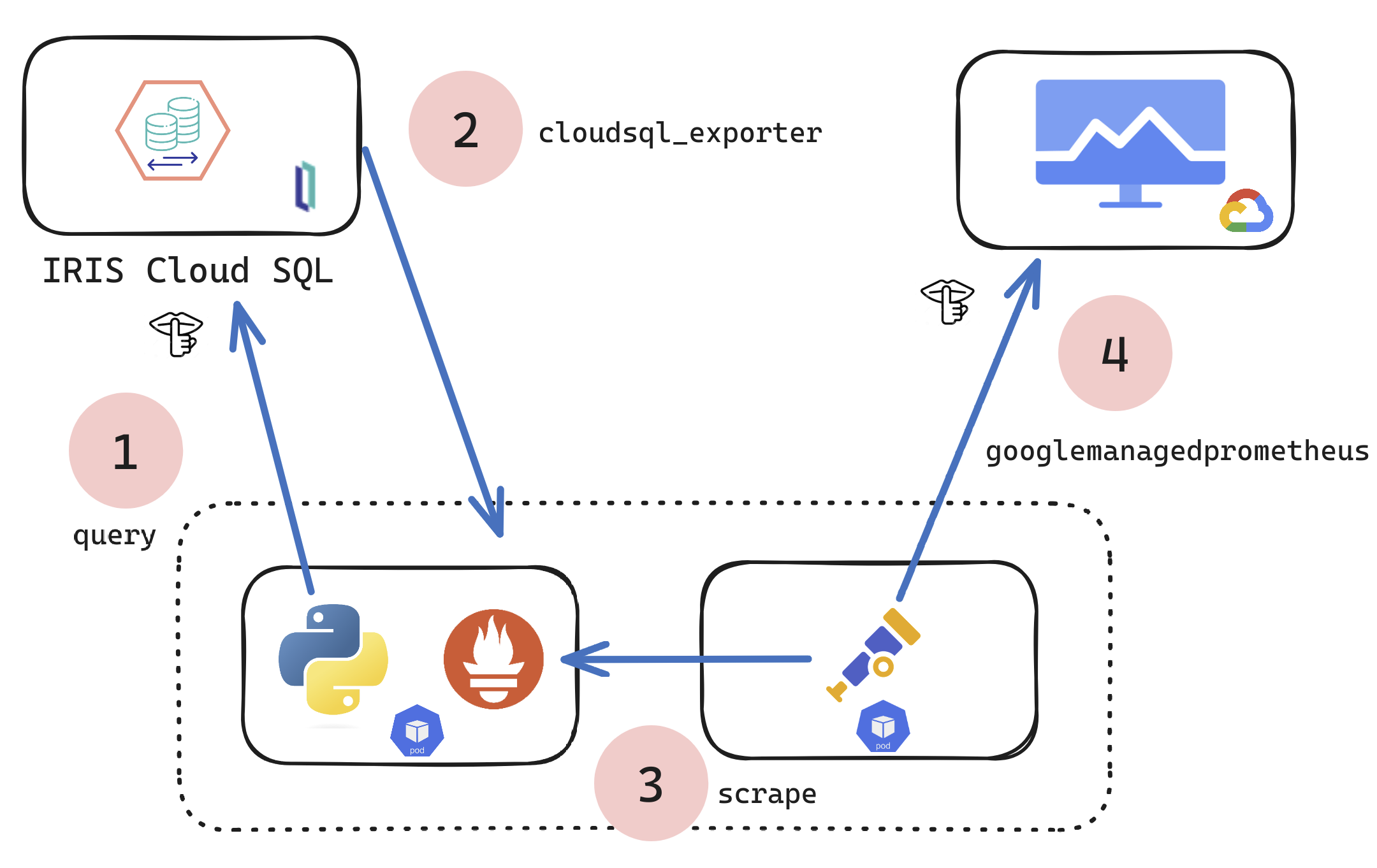When it comes to build an iris image, we can use the cpf merge files.
Here is an cpf merge example:
[Actions]
CreateDatabase:Name=IRISAPP_DATA,Directory=/usr/irissys/mgr/IRISAPP_DATA
CreateDatabase:Name=IRISAPP_CODE,Directory=/usr/irissys/mgr/IRISAPP_CODE
CreateNamespace:Name=IRISAPP,Globals=IRISAPP_DATA,Routines=IRISAPP_CODE,Interop=1
ModifyService:Name=%Service_CallIn,Enabled=1,AutheEnabled=48
CreateApplication:Name=/frn,NameSpace=IRISAPP,DispatchClass=Formation.REST.Dispatch,AutheEnabled=48
ModifyUser:Name=SuperUser,PasswordHash=a31d24aecc0bfe560a7e45bd913ad27c667dc25a75cbfd358c451bb595b6bd52bd25c82cafaa23ca1dd30b3b4947d12d3bb0ffb2a717df29912b743a281f97c1,0a4c463a2fa1e7542b61aa48800091ab688eb0a14bebf536638f411f5454c9343b9aa6402b4694f0a89b624407a5f43f0a38fc35216bb18aab7dc41ef9f056b1,10000,SHA512

.png)
